Breaking
- MENU

Given the travel restrictions, local lockdown and sluggish economic revival, that over three lakh people could go abroad for jobs is a heartening sign.
Amidst the ongoing stalled parliamentary proceedings, while answering a question posed by Shreyams Kumar, LJD parliamentarian from Kerala, the government recently informed the Upper House of some interesting data concerning Gulf migration. Moving from the usual queries, the Rajya Sabha member asked for details of Indians going abroad for employment during the past five years. But the detailed response of Minister of State for External Affairs V Muraleedharan should be a wake-up call, not just for the state of Kerala but also to the whole country. The Gulf dream is largely over.
According to the government, during the first half of this year, that is until June alone, 3,11,190 Indians went abroad ‘for employment reasons’. Given the travel restrictions, local lockdown and sluggish economic revival, that over three lakh people could go abroad for jobs is a heartening sign. However, reading the five-year figures tells a different story. Close to four million or 40 lakh people went for overseas jobs in 2016, and since then, the figures have been dropping and reached just over 25 lakhs in the pre-pandemic year of 2019; it dropped to just over seven lakhs in 2020 and until this June the number for 2021 stands at just over three lakhs.
The drop is more startling if one looks at the prime destination for Indian migration, the six-member Gulf Cooperation Council countries, Bahrain, Kuwait, Oman, Qatar, Saudi Arabia and the UAE (see table).
If one looks at the figures for 2020 and the first half of 2021, migration to Qatar has increased substantially, and there are signs of growth in Indians seeking employment in Bahrain and Oman, but both are smaller economies. However, the momentum is sluggish vis-a-vis the larger economies and the most favoured destination of Indian migration, namely, Saudi Arabia and UAE.
One could also add the number of persons repatriated under the Vande Bharat Mission, and according to government figures, until 30 April, over six million or 60,92,264 Indians returned home. Once again the GCC countries take the lion’s share: Bahrain (78,128), Kuwait (2,26,777), Oman (3,29,139), Qatar (3,67,078), Saudi Arabia (4,79,103) and the UAE (25,44,288). Yes, over 25 lakh people came from the Emirates alone. In short, 40,24,513 out of 60,92,264 or 66% of those repatriated due to Covid came from the GCC countries. Let’s accept the uncomfortable fact: Most Gulf returnees are not going back there anytime soon. Looking for an alternative dream destination might work for individuals but not for such a large migrant population.
|
Country |
2016 |
2017 |
2018 |
2019 |
2020 |
Until June 2021 |
|
Bahrain |
96,004 |
94,209 |
78,671 |
62,501 |
21,626 |
17,076 |
|
Kuwait |
2,74,302 |
2,35,074 |
2,15,665 |
1,73,206 |
30,119 |
2,951 |
|
Oman |
2,90,874 |
2,70,186 |
1,93,608 |
1,45,418 |
39,156 |
32,610 |
|
Qatar |
2,96,197 |
2,79,667 |
2,58,326 |
1,98,582 |
46,512 |
72,727 |
|
Saudi Arabia |
8,13,960 |
5,40,893 |
3,63,921 |
4,69,576 |
1,05,056 |
5,798 |
|
UAE |
13,30,782 |
11,31,541 |
7,92,973 |
5,35,443 |
1,34,570 |
34,015 |
|
Total GCC countries |
31,02,119 |
25,51,570 |
19,03,164 |
15,84,726 |
3,77,039 |
1,65,177 |
While the pandemic is the main culprit, things were not rosy even earlier. As the figures indicate, Gulf migration is sliding since reaching a peak in 2016, especially in the Saudi and Emirati markets. Between 2016 and 2019, only Bahrain, despite facing domestic unrest, was showing some stability. This was not the case with other countries. And while more Indians went to Qatar in the first six months of June than the whole of 2020, this should be seen in the context of Qatar hosting the FIFA World Cup in November next year and the need to expedite infrastructure projects.
The falling number of Gulf migrants and increasing Gulf returnees point to India’s larger hardships in the coming years. Arabisation of the labour force, falling oil revenues, entry of women in the Arab labour market, especially in the professional and retailing sector, competition from migrants from other Asian countries and an overall slump in the construction industry have contributed to falling demand for Indian migrants. This, in turn, will have harsh implications for labour-exporting states like Kerala, which depends heavily upon Gulf remittances to manage the state economy.
Lesser Gulf migration means a host of cascading effects; lesser employment abroad, fall in remittances and lesser demand from semi-skilled professions in labour-exporting states like Kerala for internal migration from other parts of India. With none foreseeing an early end to the pandemic or an effective antidote, a vast majority of repatriated Indians will not return to their jobs in the Gulf. Countries that opened their streets and skies due to domestic economic pressures are witnessing a resurgence of different variants. The pre-Covid normal still appears a distant and even elusive dream.
MoS Muraleedharan has presented a stark picture. If India does not rise to the occasion, the falling Gulf migration, huge Gulf returnees and falling remittances are a cocktail for sudden social unrest.
Note: This article was originally published in The New India Express on 11 August 2021 and has been reproduced with the permission of the author. Web Link
As part of its editorial policy, the MEI@ND standardizes spelling and date formats to make the text uniformly accessible and stylistically consistent. The views expressed here are those of the author and do not necessarily reflect the views/positions of the MEI@ND. Editor, MEI@ND: P R Kumaraswamy

Professor P R Kumaraswamy is Honorary Director of MEI@ND.
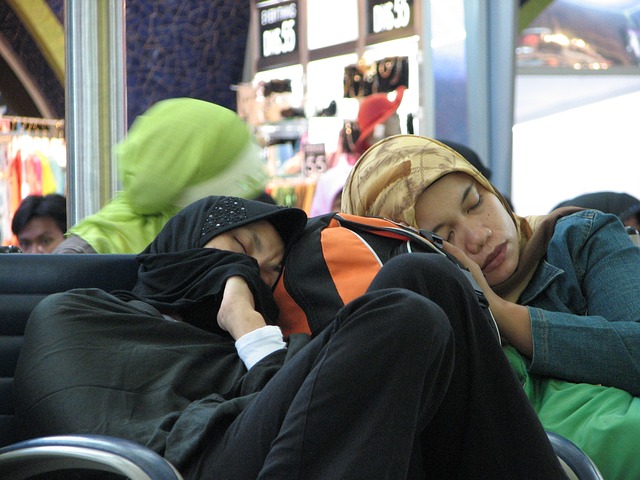
When peace is viewed as ‘surrender’, there is little one can accomplish. Without an effe.....

The magnitude of the missile attack on Israel carried out by Iran in the early hours of Sunday was u.....

While the details are still emerging, the Hamas attacks from the Gaza Strip on Saturday were well pl.....

The Libyan controversy reminds us of the more significant problem facing Israel. While the scale and.....

64-0! It should be an impressive vote in any country, especially in Israel, where a simple parliamen.....

King Bibi is back! After one year in the Opposition, Benjamin Netanyahu, a close friend of Prime Min.....

Political instability is an integral and inseparable part of Israel’s landscape. For the fifth.....

Even by the Israeli standard of coalition fragility, the Bennett-Lapid government, which completed o.....

Soon to enter its fourth month, the Russian invasion of Ukraine has made irreversible damages to glo.....

The visit of Israeli Prime Minister Naftali Bennett to India scheduled for last week had to be cance.....

The drone attack on Abu Dhabi on Monday (January 17) by the Houthi rebels marks a major escalation o.....

Of late, Israel-Iran shadow-boxing has been getting ominous. If Israel’s diplomatic offensive .....

In early November, Moscow hosted Mohammed Dahlan, a former right-hand man of Palestinian leader Yass.....

Nearly three decades after Prime Minister P V Narasimha Rao broke from the past and normalised relat.....

Earlier it was Pakistan and now China. So whatever India does and does not do externally has to be l.....

In several ways, the Taliban takeover of Afghanistan can be a game-changer in India’s worldvie.....
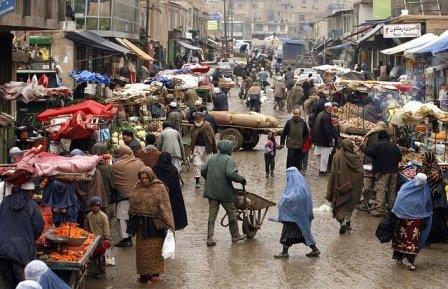
The Taliban takeover and its fallout exposed the limited diplomatic space for India in its immediate.....

Since 2005, some critical decisions over Iran have been taken by the MEA’s US Division. So que.....

“Bibi dethroned”. This is the expression used in the Israeli media to describe the forma.....

Despite having a woman prime minister in Golda Meir, female political representation in Israel has n.....

The most interesting aspect of the new Bennett-Lapid government in Israel is the emergence of Mansou.....

When it comes to mediating international crises, India’s track record is a mixed bag. In recen.....

Going by the Israeli media, it is clear that the arm-twisting by the Biden Administration forced the.....
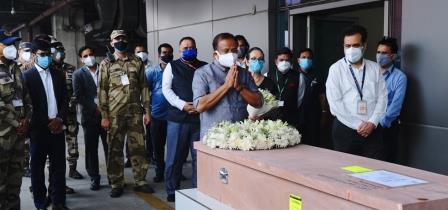
Indeed, Hamas is better placed today than it was in January 2006 and the current round of violence i.....

While the international community wants de-escalation and an early end to the conflict, the chances .....

Ending the past silence, US President Joe Biden marked the Armenian Genocide Remembrance Day of Apri.....
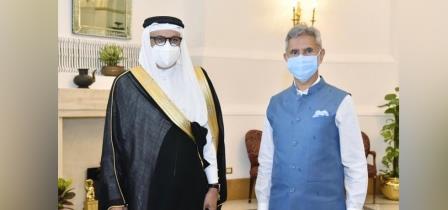
The visit of Foreign Minister of Bahrain Abdullatif bin Rashid Al Zayani to India during 6-8 April r.....
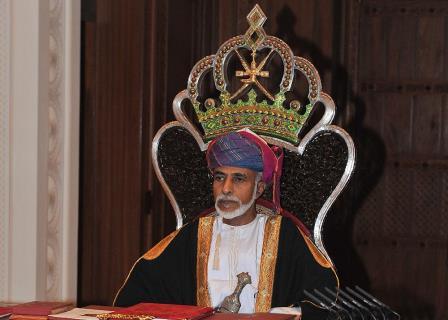
By posthumously bestowing the Gandhi Peace Prize for 2019 upon Sultan Qaboos of Oman, New Delhi seek.....

Much to the displeasure and discomfort of Saudi Crown Prince Mohammed bin Salman (more widely known .....

The nomination of Robert Malley, a veteran hand in Washington policy circles, as the Special Envoy f.....
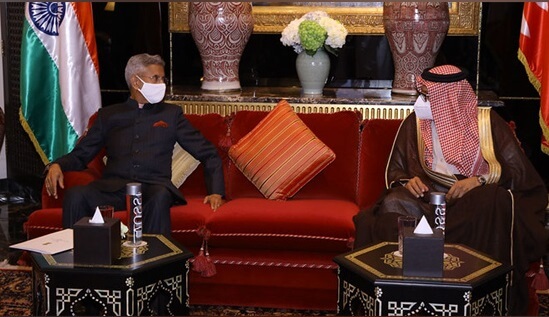
The two-day visit of External Affairs Minister S Jaishankar to the United Arab Emirates last week is.....

United Arab Emirates’ (UAE) decision to normalise relations with Israel is the most dramatic e.....

Declaring victory moments after the polling ends has become the hallmark of Benjamin Netanyahu; and .....

Israel went to polls for the 23rd Knesset on 2nd March. The third parliamentary elections within one.....

With possible removal from office hanging over their heads, US President Donald Trump and Israeli Pr.....

US Secretary of State Mike Pompeo’s sudden and unexpected announcement regarding Israeli settl.....

US President Donald Trump’s decision on imposing sanctions on Turkey has rocked the ever-turbu.....
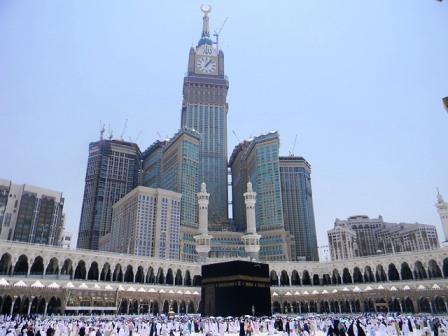
Prime Minister Narendra Modi’s two-day visit to the Kingdom of Saudi Arabia this week highligh.....

Prime Minister Narendra Modi's reported decision to postpone a planned visit to Turkey comes a c.....
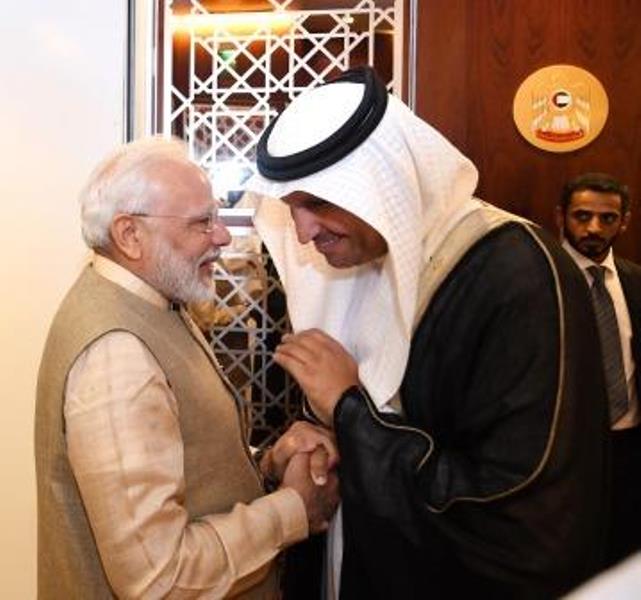
With the sole and notable exception of Pakistan, India's relations with the wider Islamic world .....
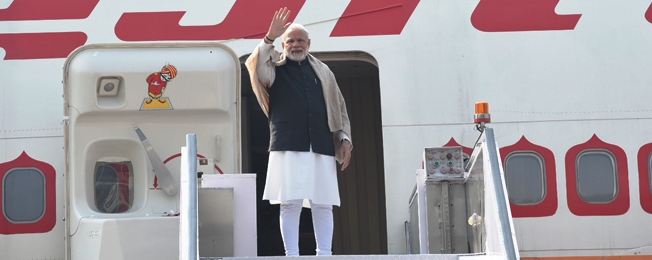
For a long time, India’s relationship with its extended neighbourhood in the Persian Gulf was .....
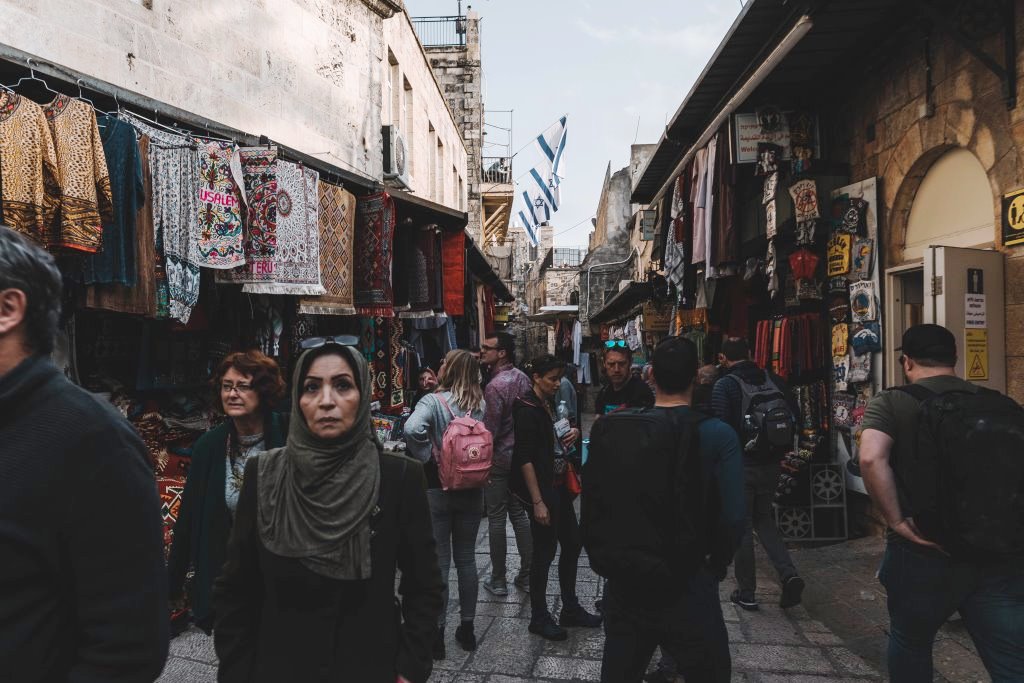
The Israeli legislative or Knesset election last week has turned out to be a rerun of the 9 April on.....

Will 2019 see a third Knesset election? This question is going rounds in Israel as it faces the seco.....

When he called Indian Prime Minister Narendra Modi to congratulate on his re-election with a landsli.....
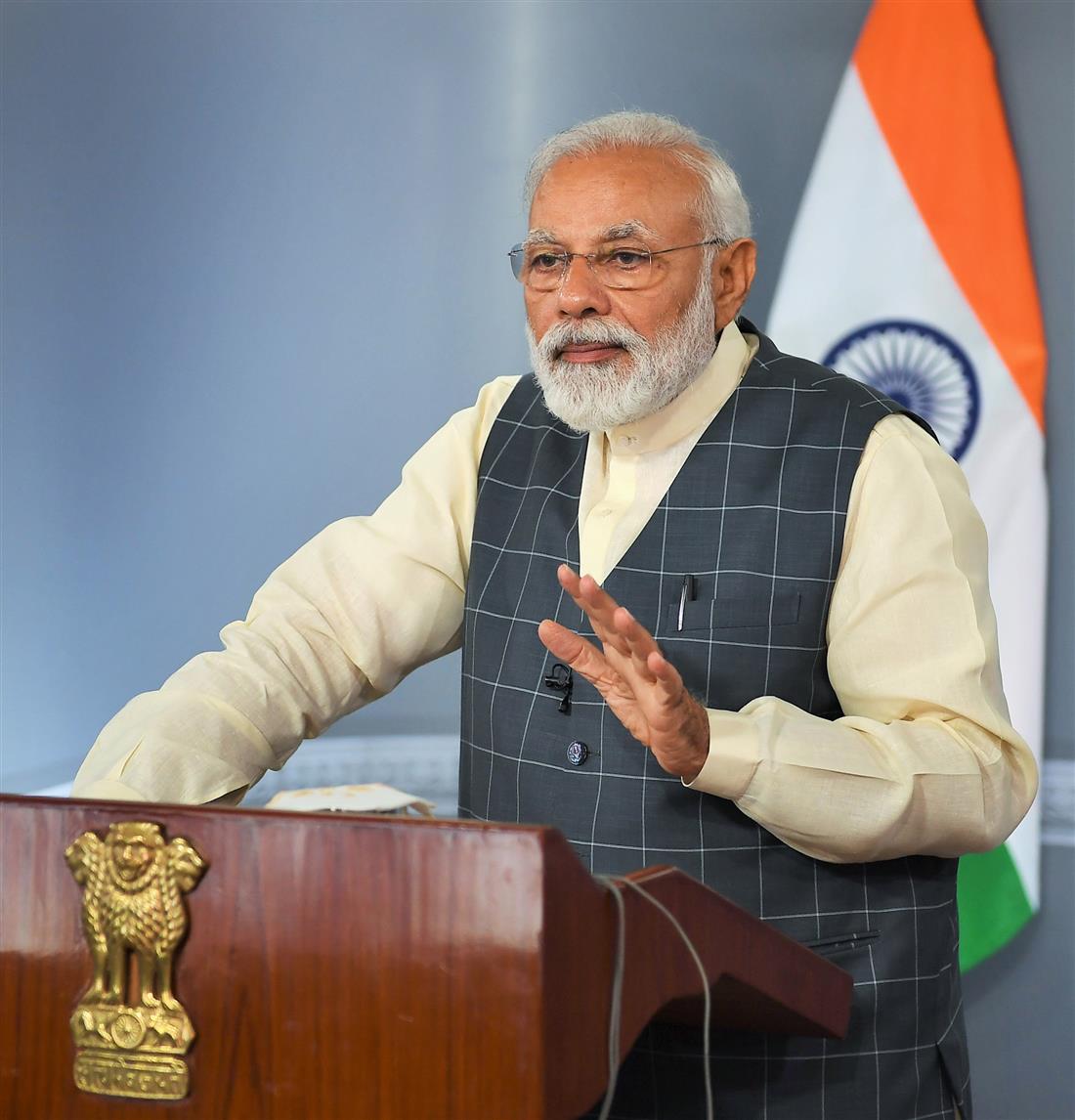
The resounding re-election of Prime Minister Narendra Modi is a blessing for India's relat.....
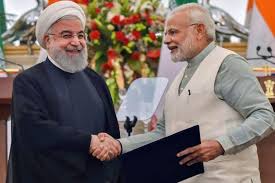
Iran is back in the news and for all the wrong reasons. It has been the unnecessary third .....
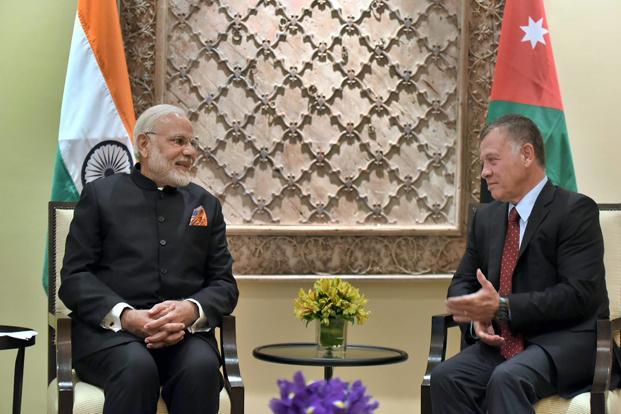
During the close to a century of its existence, the Hashemite Kingdom of Jordan has been, as former .....

In their eagerness to focus on and flag the de-hyphenation of the traditional Israel-Palestinian bin.....
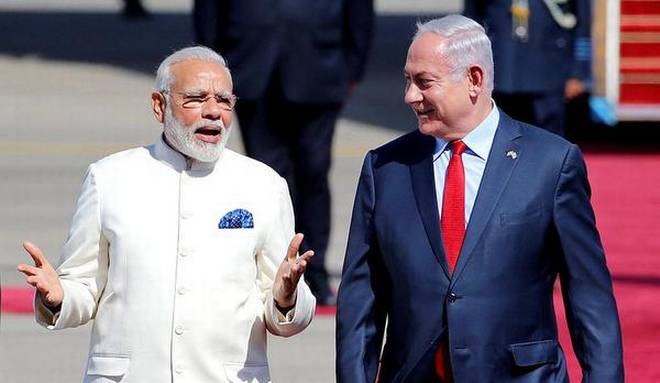
In the closely scrutinised India-Israel relationship, there is little in the public domain that rema.....

You know what, it will go to the dustbin’ my articulate friend was blunt, brutal but.....

Balfour Declaration, A Century Later If one were to make a list of the most influential.....

Professor Bernard Lewis—a towering personality on the Middle Eastern academic landscape—.....

B orn in Poland on 2 August 1923, Szymon Persk who later Hebraised his name as Shimon Peres was the leader.....
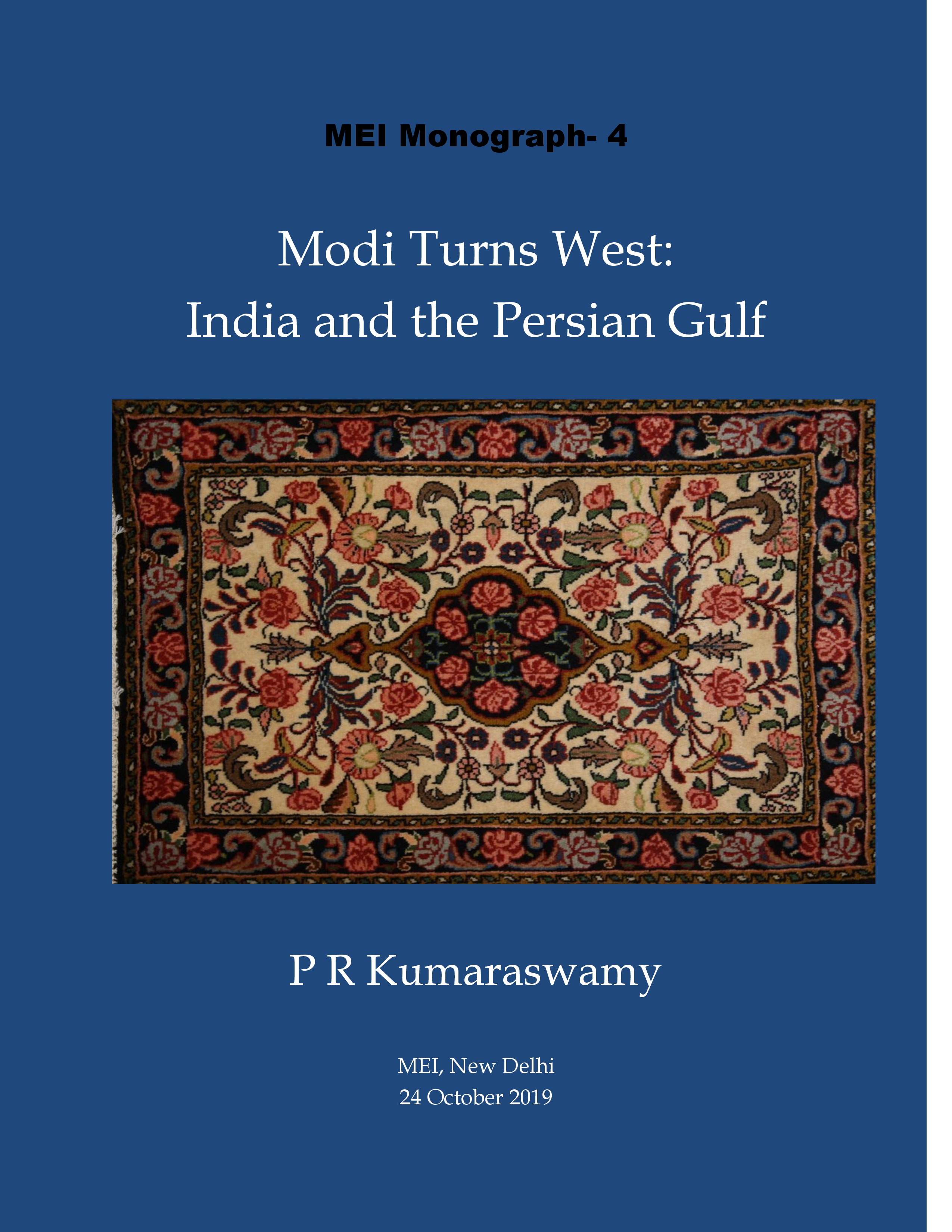
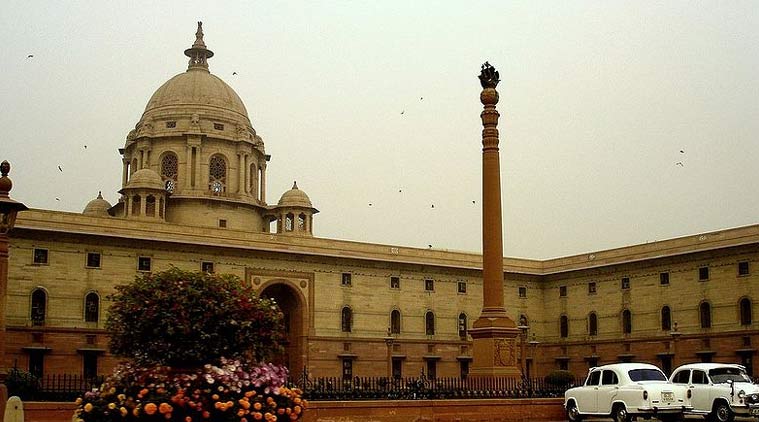
W hat What began as a protest by a marginalized vegetable vendor in Sidi Bouzid in Tunisia soon spread lik.....
